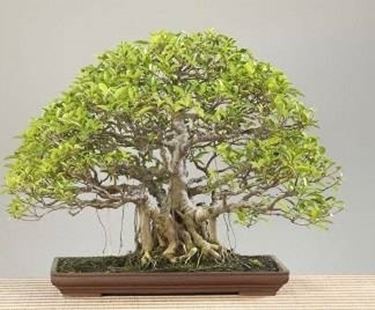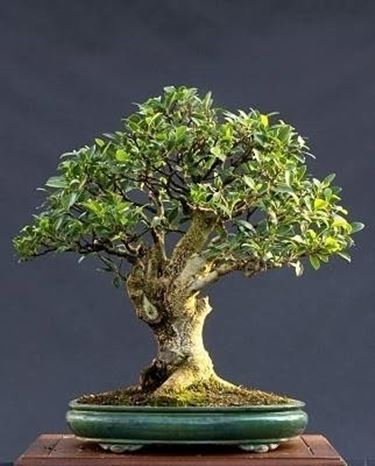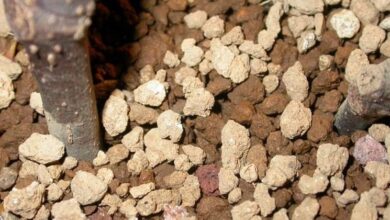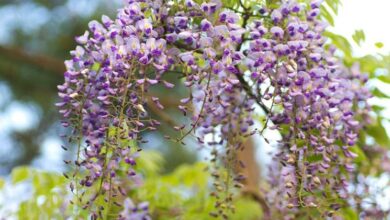Ficus retusa

Ficus retusa


The ficus retusa is a tropical plant belonging to the genus Ficus and the Moraceae family. Native to the warm and humid regions of Asia, this ficus has a clear, smooth bark, reddish in color in young plants and white in more mature ones. The main characteristic of the ficur retusa is precisely the white color of the trunk, which is accompanied by a rather robust root system with aerial roots that increase its ornamental effect. The leaves of the ficus retusathey are simple, oval, leathery, dark green on the upper side and light green on the lower side. This variety of fucus rarely blooms and bears fruit, especially in the bonsai species, where the inflorescences, but also the fruits, have no ornamental value. The aesthetic effect of the ficus retusa is represented precisely by the long leaves, able to remain on the tree from six months to a year, and by the large and robust roots that intertwine with each other, moving upwards or descending to the ground from the branches .
Cultivation
The ficus retusa, as already mentioned, is a typical species of hot and humid climates. This feature makes it ideal for cultivation in the apartment, a cultivation that must however be careful and targeted, both as regards the exposure, and as regards all other cultivation practices, such as irrigation, fertilization, pruning and more. .
Exposure and temperature
Ficus retusa is the species of the genus that best resists adversity. However, in winter, it is advisable to keep it indoors, in an environment protected from the cold and sufficiently humid. In areas with a temperate climate, the ficus retusa can also be kept on the balcony even in winter, as long as it is not left outside if the temperatures drop below 15 degrees. This plant is also very sensitive to sudden changes in terms and drafts, which cause damage to the leaves causing them to fall prematurely. In these cases, the ficus retusa should be exposed away from doors and windows and away from temperature changes. The resistance of ficus retusa to low temperatures increases with the age of the plant. Young plants do not tolerate cold in any way, because the bark is in the formation phase and, therefore, still tender and soft, while the adult ones, in which the wood has hardened, can withstand low temperatures, but always not below a certain limit. The Ficus retusa does not like direct sunlight, however, to grow, it needs a bright exposure, while in summer, if it is placed outdoors, a shaded position is preferable.




